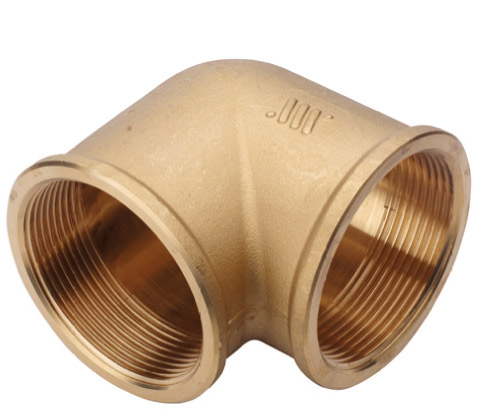Materials for brass fittings
Brass fittings made of material with high machinability to keep costs down

In the plumbing and heating systems the brass fittings are one of the primary elements together with the tube that can be metallic, and in this case it is screwed directly to the fitting or composite, such as multilayer. And then there is the need to use special brass fittings with an ogive that serve both the seal and the connection.
For their construction we start from two materials that are similar in terms of resistance and above all of potability, but also of workability to the tool, which is one of the main processes to obtain the final fitting. These two alloys are the brass CW614N and CW617N also known as OT58, what means an alloy with an average copper content of 58%,
For the brass fittings, in case they are made by turning, the CW614N is used, which is usually supplied in solid or perforated bars and from which the particular parts for machining can be directly obtained.
But if the brass fittings are made from a forged blank, we use the CW617N as material, which has a slightly higher lead content than the other alloy.
For their construction we start from two materials that are similar in terms of resistance and above all of potability, but also of workability to the tool, which is one of the main processes to obtain the final fitting. These two alloys are the brass CW614N and CW617N also known as OT58, what means an alloy with an average copper content of 58%,
For the brass fittings, in case they are made by turning, the CW614N is used, which is usually supplied in solid or perforated bars and from which the particular parts for machining can be directly obtained.
But if the brass fittings are made from a forged blank, we use the CW617N as material, which has a slightly higher lead content than the other alloy.
20/12/2018
I contenuti di questo sito non hanno carattere di periodicità e non rappresentano 'prodotto editoriale'.








